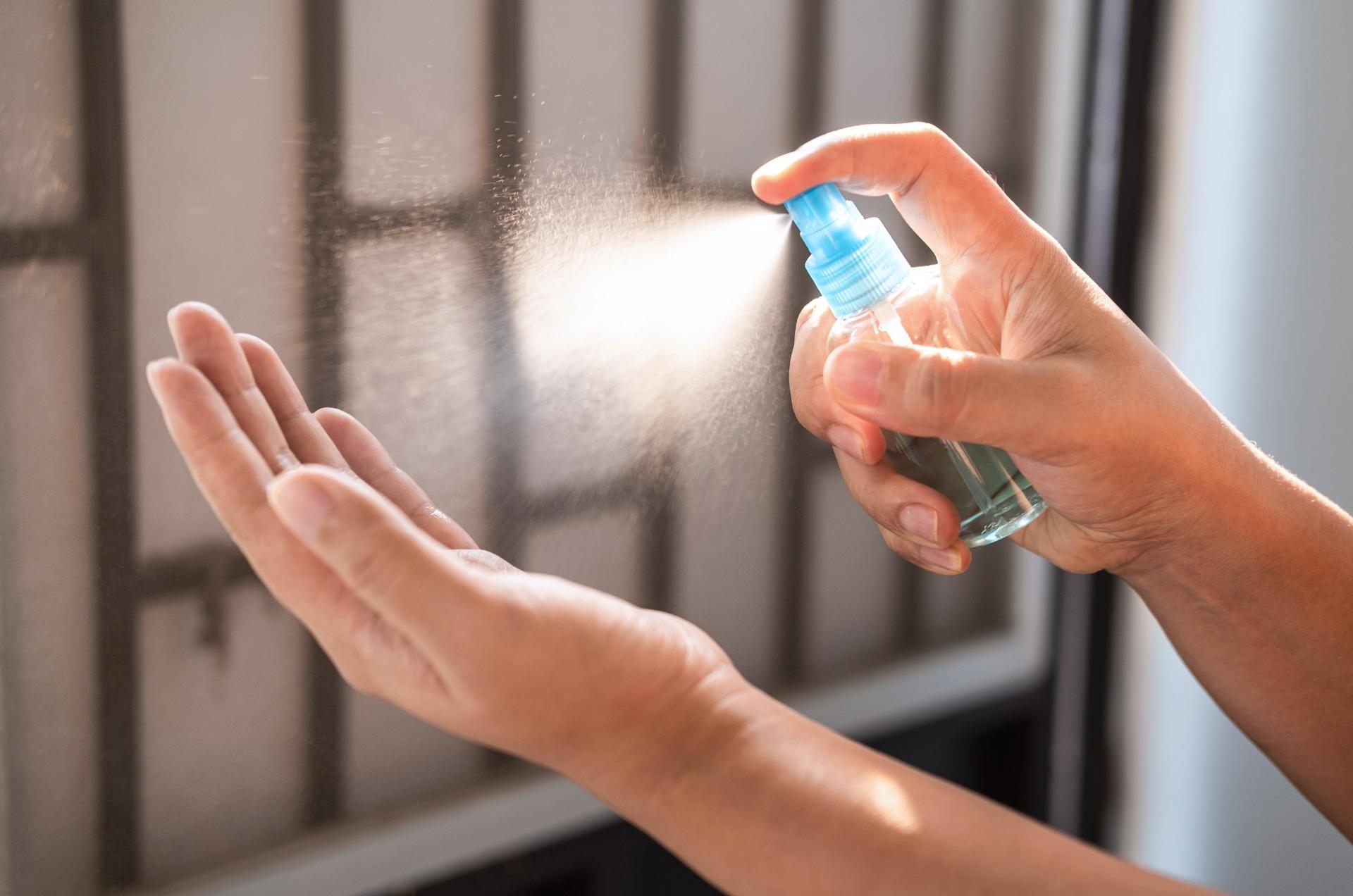Alcohol Consumption is injurious to health is an often heard statement in movie halls and various public places in the current times. But have you ever wondered, why drinking alcohol is perceived to be such a bad thing? An occasional drink typically does not present a serious health issue. However, frequent and excessive drinking can be a cause of major concern. Drinking alcohol can have numerous harmful effects on the human body, which include damage caused to the skin.
Some effects can be benign, such as dry and lifeless skin whereas, prolonged consumption of alcohol-based drinks can cause other complications such as liver diseases. Intake of alcohol can also worsen underlying skin conditions. If a person regularly consumes alcohol, the short-term effects are more likely to become major persistent issues and changes to the skin can be more serious and drastic.
Harmful effects of alcohol consumption on the human skin
Dehydration
Alcohol intake causes dehydration of the cells of the skin and body and leads to dry skin. Besides causing severe diseases which ultimately affect the skin, alcohol also causes the skin to lose significant vitamins and nutrients and makes it appear dull and dark. Effects of dehydration on the skin can be seen in the form of puffy and sunken eyes, dry lips, dark circles, and decreased elasticity of the skin.
Skin Allergies
In addition to allergic reactions like urticaria and hives, long-term alcohol consumption can also cause telangiectasia, spider nevi, and nutritional deficiencies, such as glossitis, angular stomatitis, and seborrheic dermatitis, as well as other skin conditions. Regular alcohol consumption can aggravate or worsen several skin conditions like Rosacea.
Also Read – ” 10 Skincare Resolution you should make in 2022 “
Additionally, drinking alcohol can affect the health of hair and nails as well. It can also cause a condition known as rhinophyma, which is the bulbous growth of the nose, also called the drinker’s nose.
Inflammation
Alcohol inflates the tissues in the human body, and the systemic inflammation of the skin caused by alcohol creates a histamine reaction which causes redness and flushing of the skin. It might not appear to be a big deal initially, however, over a period of time, it can lead to a prominent facial redness and have drastic long-term effects on the human skin.
Increased risk of skin infections: Bacterial and fungal infections are more likely to occur in people who consume alcohol excessively on a regular basis. This happens because alcohol weakens the immune system while decreasing the body’s ability to absorb nutrients. People are also more likely to get injured while drinking alcohol, which can further lead to various skin issues.
Increased risk of skin cancer
The risk of skin cancer increases manifold due to the consumption of alcohol which leads to the weakening of the immune system. It also lowers the body’s capability of natural defense against various diseases. Drinking alcohol also worsens the effects of ultraviolet light on a person’s skin, causing a lot more damage than usual.
Skin changes due to alcoholic liver disease
Prolonged alcohol use and heavy drinking can cause problems with a person’s liver, such as hepatitis and cirrhosis. Such conditions can cause multiple changes in the skin which include jaundice (commonly identified as yellowing of the skin), darker skin around the eyes, itchy skin, and telangiectasia (identified as visible blood vessels on the face, neck, and chest areas.)
Also Read – ” Top Ten Home Remedies for Pimples for Clear Skin “
Accelerates the aging process
Continuous consumption of alcohol-based drinks also increases oxidative stress which fastens the aging process in the human body while also leading to flushing of the face.
A Guide to preventing the harmful effects of alcohol on the skin
For skin conditions related to AUD, liver disease, or excessive alcohol consumption, the best preventive measure is to stop the consumption of alcohol completely.
- A person should speak with a doctor, a close friend, a therapist, or local support groups to find out ways to help give up alcohol.
- Even if drinking alcohol has become a habit, a person should try minimizing the intake of alcohol to once or twice a week because the lower the intake, the lower the damage caused to the skin.
- However, if giving up alcohol is difficult, staying hydrated and drinking water while consuming alcohol is one of the ways to reduce the effects of alcohol as this helps in increasing the diuretic effect. To combat the short-term effects of alcohol on the skin, a person should drink water while he is consuming alcohol.
- There are several different treatments available to a person living with AUD which include CBT (cognitive behavioral therapy), detox, inpatient or outpatient rehabilitation, peer support groups as well as medications.
- Over-the-counter moisturizing creams can also help relieve some of the symptoms of skin conditions, such as dry skin.











